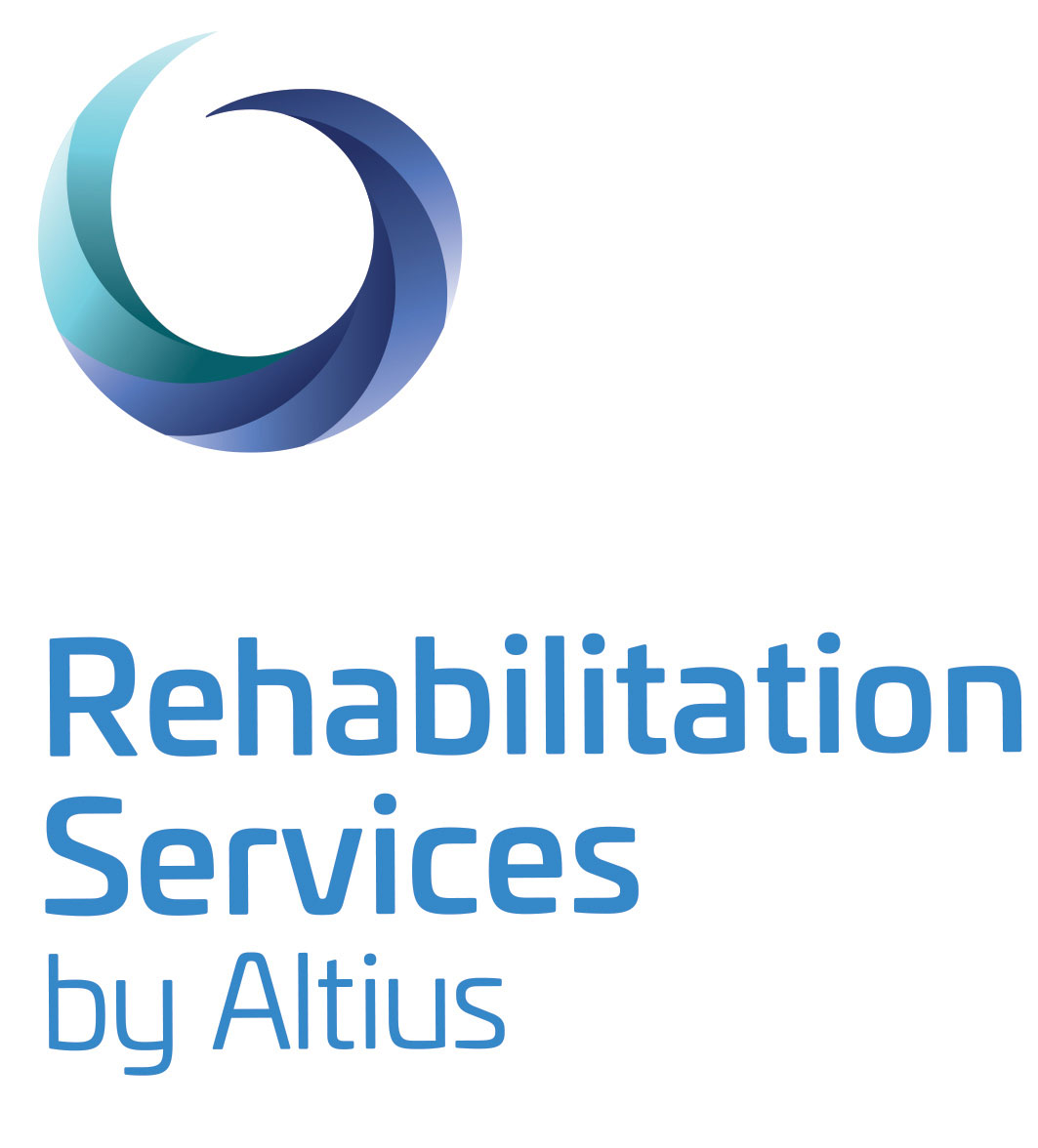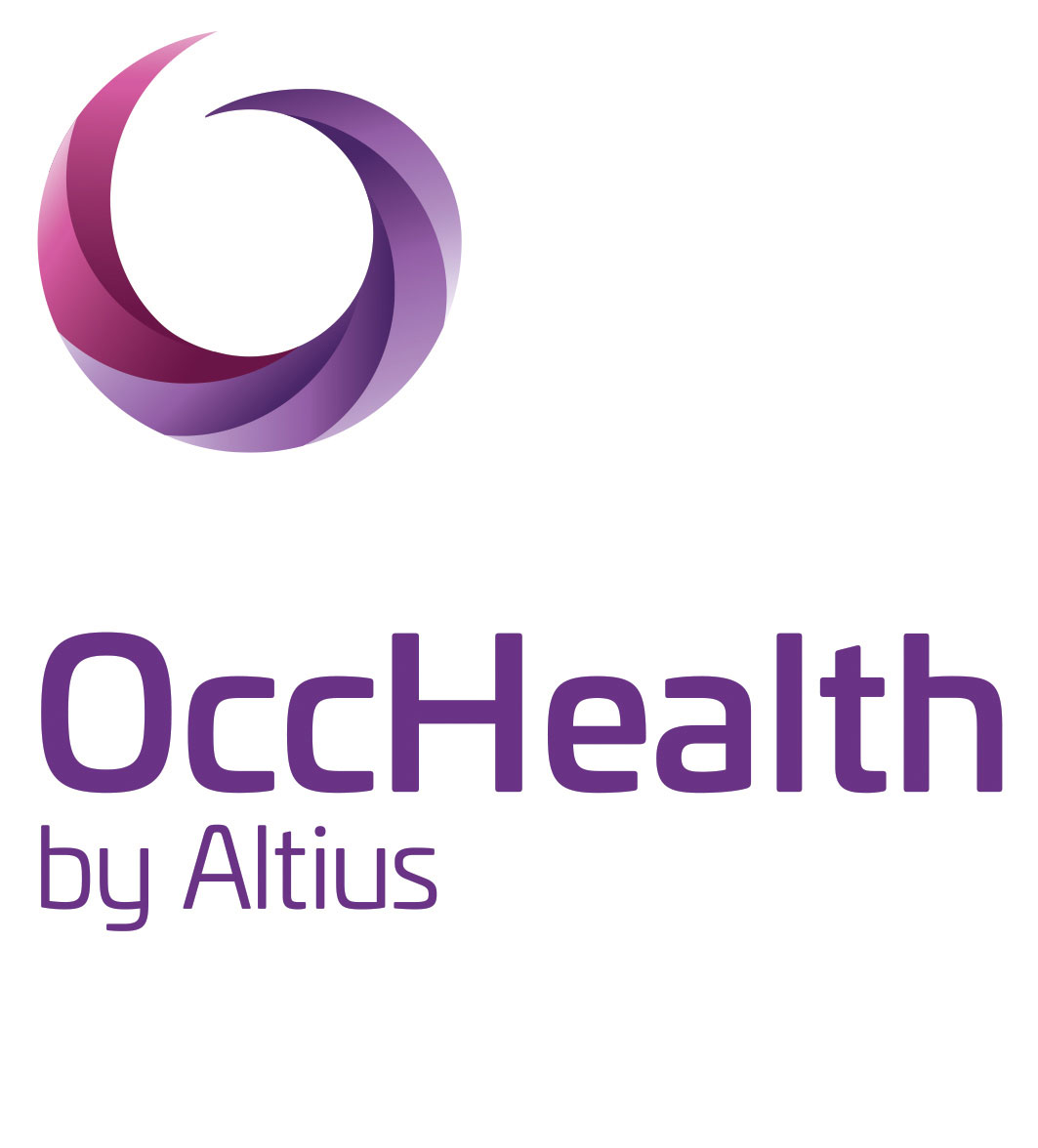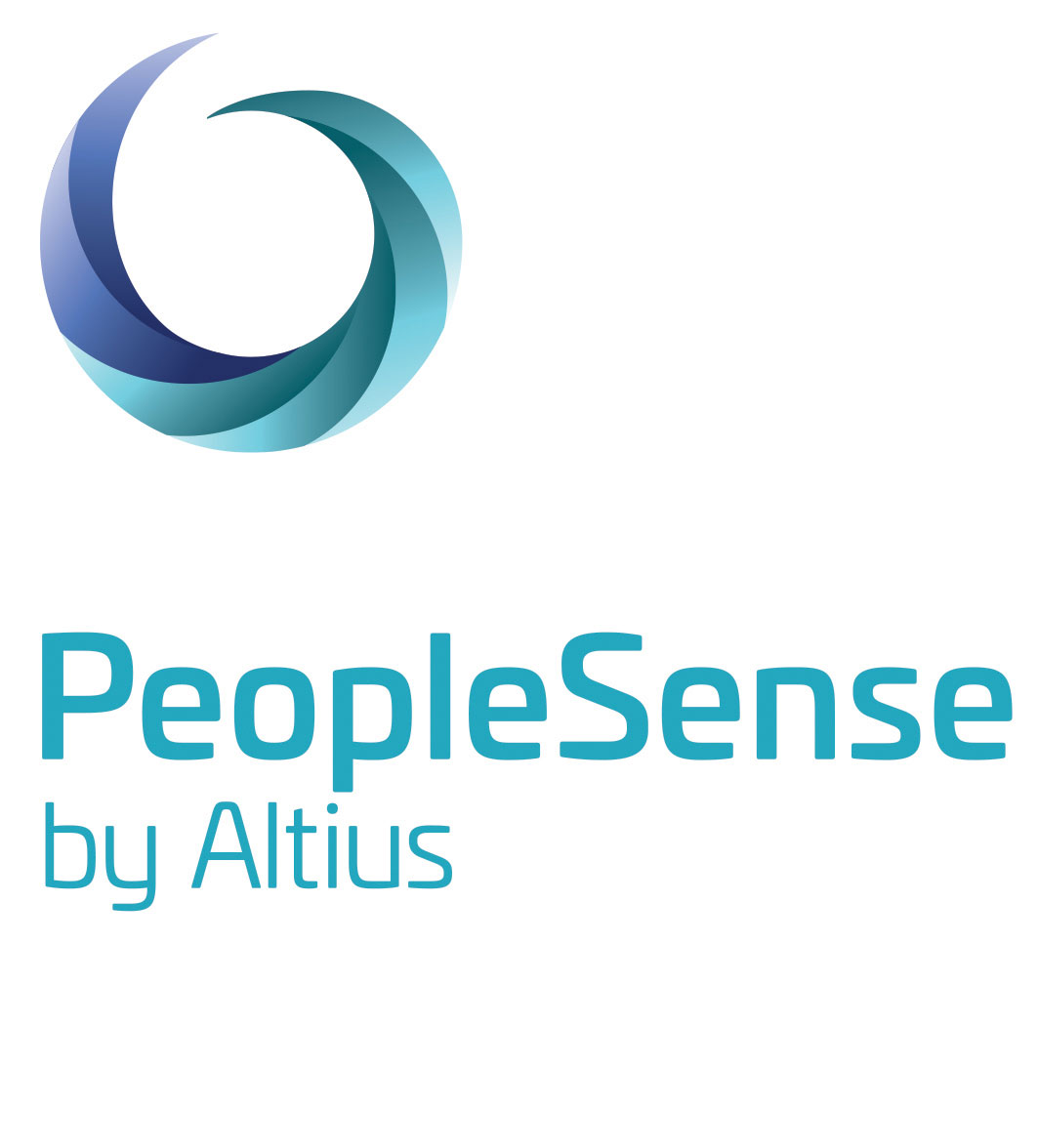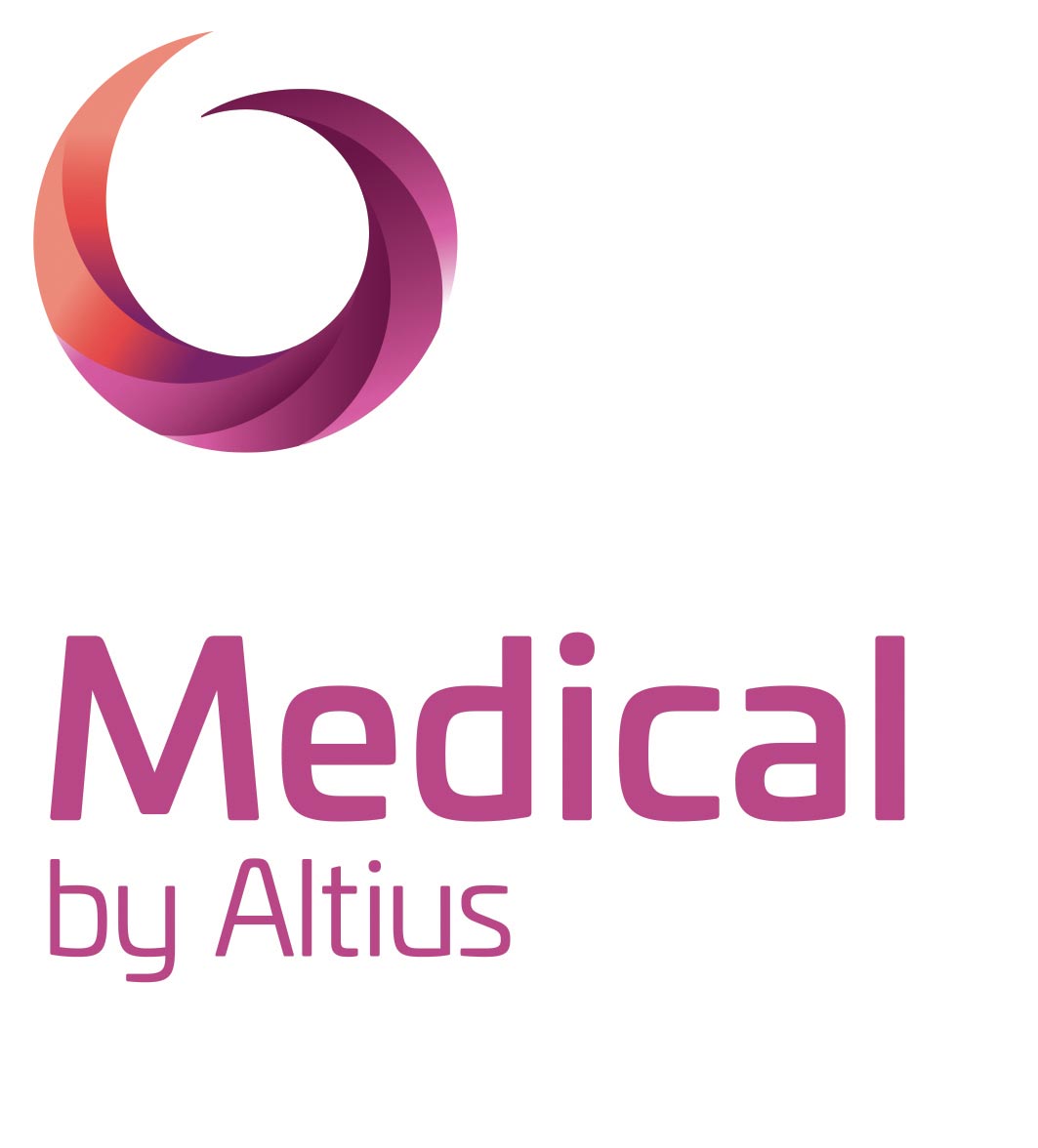Critical Incident Response
This is the phone number for a critical incident response only and goes direct to PeopleSense by Altius.
For Altius Group general enquires, please contact us or call us at 1800 258 487 during business hours.
If you would like to proceed with this call, please click on the button below.
The client was referred to OccHealth by Altius’ Recovery and Wellness Initiative (RAWI) in July 2019. He had undergone a right shoulder arthroscopic rotator cuff repair following a slip and fall at work whilst working in the construction industry. This was coupled with a pre-existing left shoulder injury and occasional lower back pain.
Following numerous investigations, surgeries and treatment modalities, the client experienced a plateau with his recovery. As a result of the injury, he was only able to work on reduced hours with restrictions and reported some depressive symptoms. He noted a significant lack of strength, confidence, self-empowerment and a low quality of life and wellbeing.
RAWI Goals/Challenges
- Addressing psychosocial barriers.
- Increasing motivation, confidence and participation in activities of daily living.
- Improving fitness and building a regular physical activity routine.
When the RAWI commenced, the client was very fearful of exercise due to his beliefs around the fragility of his injury. The RAWI commenced with walking in his local community and education being provided regarding his injury, pain and strategies to further his recovery. Regular engagement in RAWI also prompted a noticeable improvement in his mental health symptoms, functional tolerances and confidence with movement.
The RAWI Program
RAWI provided support and encouragement to assist with motivation and gradually increasing activity levels. Sessions were then transitioned and supervised within his local gym to increase social engagement, where suitable equipment and exercises were identified to not only rehabilitate the client’s right shoulder but improve wholistic strength and conditioning. Additionally, the program was aimed at improving the client’s self-efficacy and confidence with using his right shoulder to perform his work duties and leisure activities.
In addition, a Workplace Treatment Session took place whereby the client’s pre-injury duties were observed, and manual handling strategies and modifications were provided. This resulted in an improvement in the client’s confidence and ability to perform his pre-injury duties.
Towards the end of treatment, to further promote independence, the RAWI was delivered via TeleHealth. This allowed the client to continue his treatment from the comfort of his own home, and allowed the RAWI to support the client in modifying his activities of daily living and leisure activities so that he could re-engage in activities that were meaningful and enjoyable. The client was provided with ‘Physiapp’ that referenced his exercise program in video format to ensure he was able to complete treatment independently, as required.
Education was provided around the importance of regular activity and improving functional strength and fitness to facilitate a return to work on pre-injury duties. Strategies around pacing were discussed and implemented to facilitate a graded and durable return to pre-injury duties. The RAWI was established to assist with improving strength and promoting the development of routine, for which the client was regularly supported, both face-to-face and digitally, to ensure consistency and program compliance.
RAWI – Results:
- Work capacity was upgraded from reduced hours (8 hours per day, 4 days per week initially) to full time hours each day, normal hours per week on pre-injury duties.
- 2 years post injury, the client has returned to working full-time, as well as additional overtime, being able to perform all the requirements of his pre-injury duties.
- PSEQ Self-Efficacy scores increased from 35 indicating low confidence to 44 indicating high confidence in performing work and daily living tasks despite present pain.
- WHO5 Wellbeing and Quality of Life score increased from 44% indicating low perceived wellbeing and quality of life to 52% indicating improved and moderate wellbeing and quality of life.
- OMPQ score improved from 143 indicating a high risk of failing to return to work due to biopsychosocial factors to 79 indicating low risk and successful management of psychosocial factors.
- Improved exercise adherence to 4 times per week, as a result of the engagement in Physiapp and TeleHealth video consultations, as the client was able to perform the exercises in the comfort of his home around the demands of life.
- Return to meaningful activities including walking, cycling, surfing and swimming.
- Ceased smoking after years of regular cigarette consumption.









